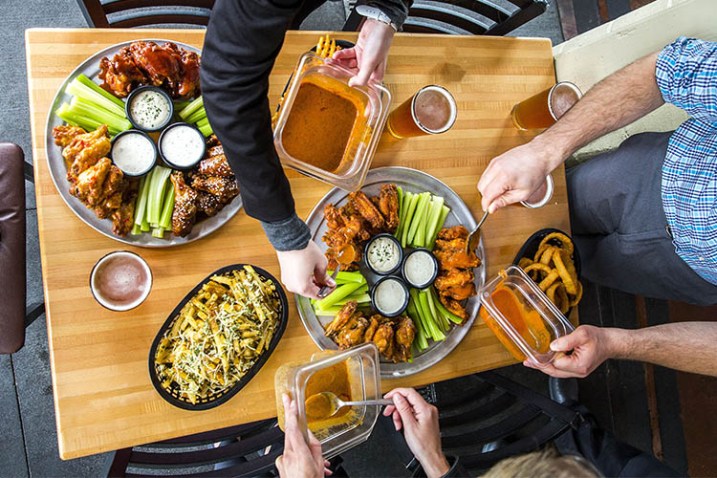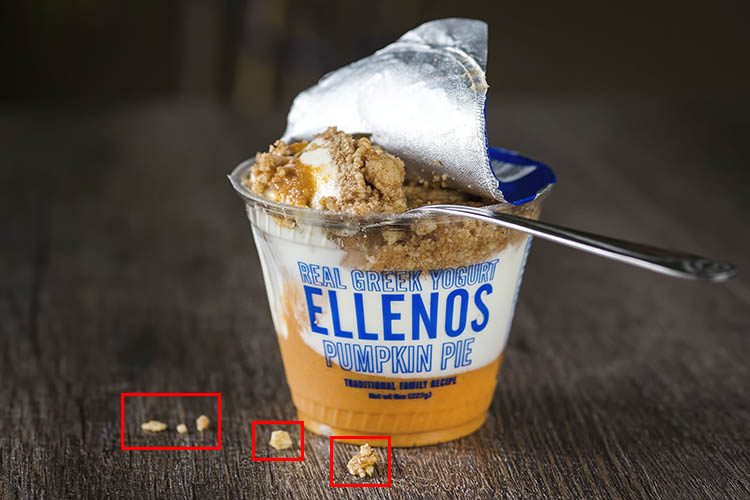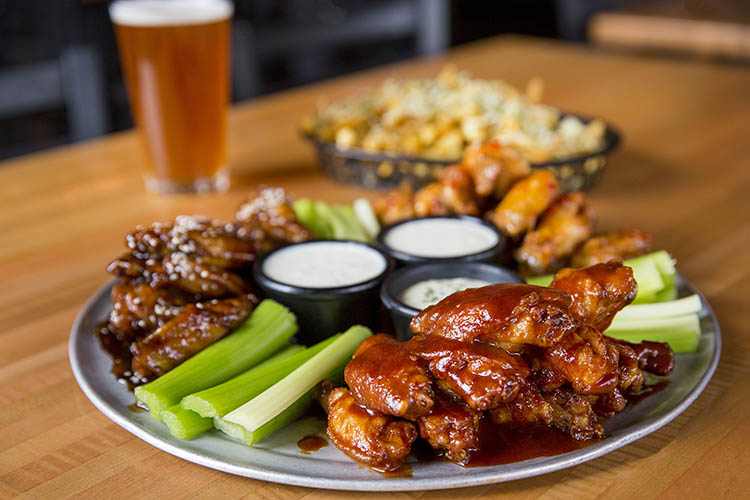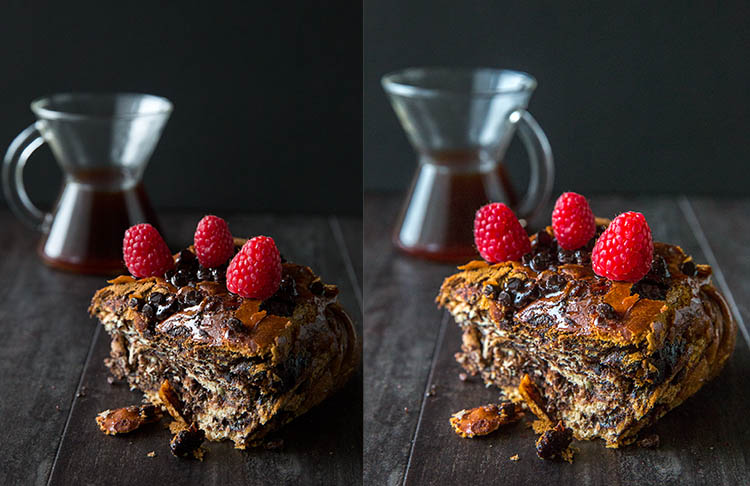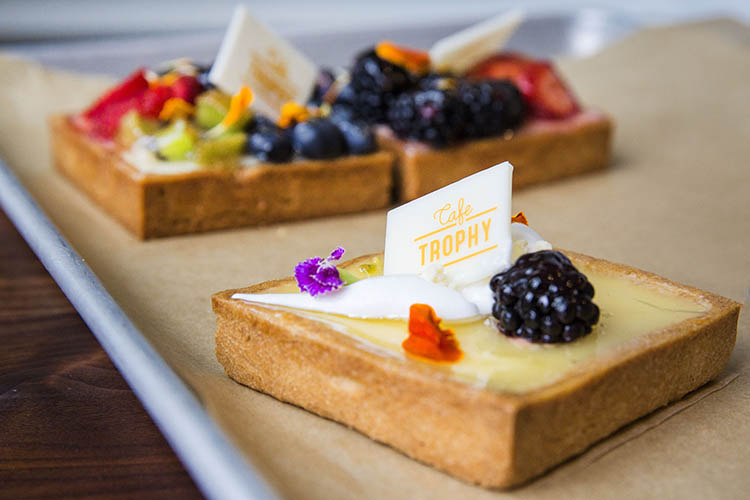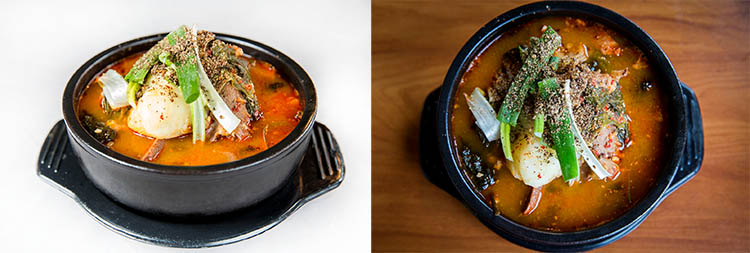Introduction
Food photography is often associated with professional food styling techniques designed to make dishes visually appealing. There is a common misconception that achieving stunning food photography requires complex and inaccessible methods. However, the reality is that even simple and accessible food styling techniques can yield impressive results. In this article, we will explore a range of household items that can enhance your food photography shoots.
The Importance of Food Styling Techniques
Professional food stylists employ various techniques to transform dishes into visually stunning subjects. These techniques often involve making the food inedible by using substances that enhance appearance but are not fit for consumption. While these methods can create captivating images, they are not always practical for amateur photographers or those aiming to preserve the edible nature of their food.
The Accessibility of Food Styling Techniques
Contrary to popular belief, food styling techniques can be simple, accessible, and still yield impressive results. There are numerous household items you can use to enhance your food photography shoots without resorting to complex methods. These items are readily available and easy to use, making them ideal for beginners or those looking for a more natural approach.
Tools for Keeping Food Clean
Tweezers
One of the essential tools for food photography is a pair of tweezers. While photo editing software can remove crumbs or blemishes in post-production, it is best to address these issues before capturing the shot. Use tweezers to rearrange food on a plate or make adjustments in deep glasses or bowls. This tool allows for precise placement and ensures that your dish looks impeccable and well-presented.
Cotton balls
Cotton balls are versatile items that can play a crucial role in food styling. In addition to absorbing excessive liquids, they can be used to prop up food and provide leverage and height. When strategically placed, cotton balls can blend seamlessly into a dish, making them an excellent tool for enhancing its visual appeal without being conspicuous.
Q-tips
Q-tips, also known as cotton swabs, serve a similar purpose to tweezers and cotton balls. They are particularly useful for small touch-ups and delicately removing blemishes from a dish. Whether used dry or dipped in rubbing alcohol, Q-tips save time in post-production by ensuring that your food looks flawless from the start. Keep a few on hand to address any imperfections that may arise during the shoot.
Rubbing alcohol
During a food photography session, your props and equipment are bound to come into contact with bits of food. Keeping your gear clean is essential to maintain a professional and visually appealing shoot. Having a small bottle of rubbing alcohol handy allows you to quickly and effectively clean your tools. Additionally, consider having hand sanitizer available to keep your hands clean after adjusting plates or props.
Highly absorbent paper towels
Another important tool for maintaining cleanliness during food photography shoots is highly absorbent paper towels. These towels serve multiple purposes, from wiping dirty hands after styling to absorbing excess liquid from juicy meats or iced drinks. By ensuring your food and surroundings remain pristine, these towels contribute to achieving visually captivating images.
Tools for Keeping Food Fresh
Nonstick cooking spray
To give dishes a fresh and shiny appearance, nonstick cooking spray can be a valuable tool. Lightly misting the food can enhance its visual appeal and help it reflect light better. However, it is crucial to exercise caution and use the spray sparingly, as an excessive application may disrupt the dish’s composition or texture.
Spray bottle filled with water
Sometimes a gentle mist of water is all that is needed to restore freshness to certain food items. Using a spray bottle filled with water allows for controlled application and helps achieve the desired effect. By adjusting the nozzle, you can emit finer or larger droplets of water, depending on the desired outcome.
Eye-dropper
For precise control over liquid application, an eye-dropper can be an invaluable tool. With an eye-dropper, you can carefully add small droplets of liquid to enhance the visual composition of your food. This tool allows you to focus on intricate details and create stunning images that convey freshness and edibility.
Tools for Applying Creative Touches
Reflector or tin foil
One of the factors that can elevate your food photography is the control of light. Reflectors are commonly used by professionals to manipulate and enhance lighting conditions. However, if you do not have a reflector on hand, a simple sheet of tin foil can serve as an effective substitute. Tin foil can be shaped and positioned to control the light source, creating desired highlights and shadows on your subject.
Baking parchment paper
Baking parchment paper is a versatile tool in the realm of food photography. It can be used as a cost-effective alternative to a diffuser, softening the light aimed at your subject. By taping a sheet of parchment paper to a window, you can achieve a gentle and diffused light source, reducing shadows and glare on your food. Additionally, parchment paper can serve as a photo background or surface, introducing different textures and colors to your composition.
Gift wrap
When looking for affordable and creative backdrops or surfaces for your food photography, consider utilizing gift wrap. This material offers a wide range of colors and textures, allowing you to experiment with different backgrounds. Cutting boards, tabletops, and placemats are popular options for photography surfaces but can be costly and require significant storage space. Gift wrap provides a cost-effective alternative that adds visual interest and variety to your compositions.
Conclusion
Mastering food photography does not necessarily require elaborate or inaccessible techniques. By utilizing simple and readily available household items, you can enhance your images and create visually appealing compositions. The tools discussed in this article offer practical and effective ways to keep food clean, fresh, and visually appealing throughout your photography sessions. Simultaneously, they provide creative opportunities for adding unique touches and personalizing your compositions. By exploring and experimenting with these accessible tools, you can elevate your food photography and capture stunning images that captivate viewers.
Now it’s your turn! Let us know in the comments if you have any simple food styling tips or tricks that you’d like to share.
The article is compiled and compiled by tipcamera.com


